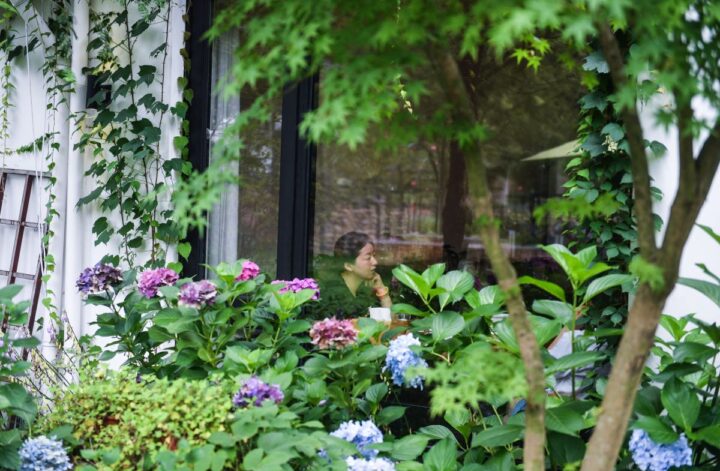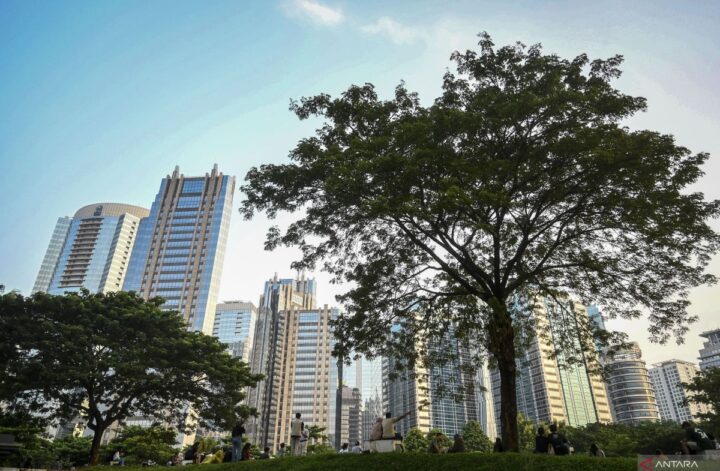China has been making significant efforts to revitalize its rural areas through tourism in recent years. With the aim of boosting economic growth and alleviating poverty in the countryside, the Chinese government has been promoting rural tourism as a key strategy for rural development.
One of the main initiatives driving this revitalization is the “Beautiful Countryside” campaign, which aims to improve infrastructure, promote local culture, and attract tourists to rural areas. The campaign includes the development of scenic spots, the restoration of historic villages, and the promotion of local handicrafts and traditional cuisine.
In addition, the government has been offering financial incentives and support to encourage rural residents to start their own tourism businesses. This includes subsidies for building guesthouses, training programs for rural tourism operators, and marketing support to attract more visitors.
The results of these efforts are already beginning to show. Rural tourism has become a major driver of economic growth in many parts of China, creating jobs and boosting incomes for rural residents. In some areas, tourism has become the main source of income for local communities, helping to lift them out of poverty.
Furthermore, rural tourism has helped to preserve traditional culture and heritage in many rural areas. By promoting local crafts, cuisine, and customs, tourism has helped to revitalize rural traditions and keep them alive for future generations.
Overall, the revitalization of China’s rural areas through tourism has been a success story. By leveraging the natural beauty and cultural heritage of the countryside, China has been able to create new opportunities for economic growth and poverty alleviation in rural communities. As the government continues to invest in the development of rural tourism, the future looks bright for China’s countryside.




